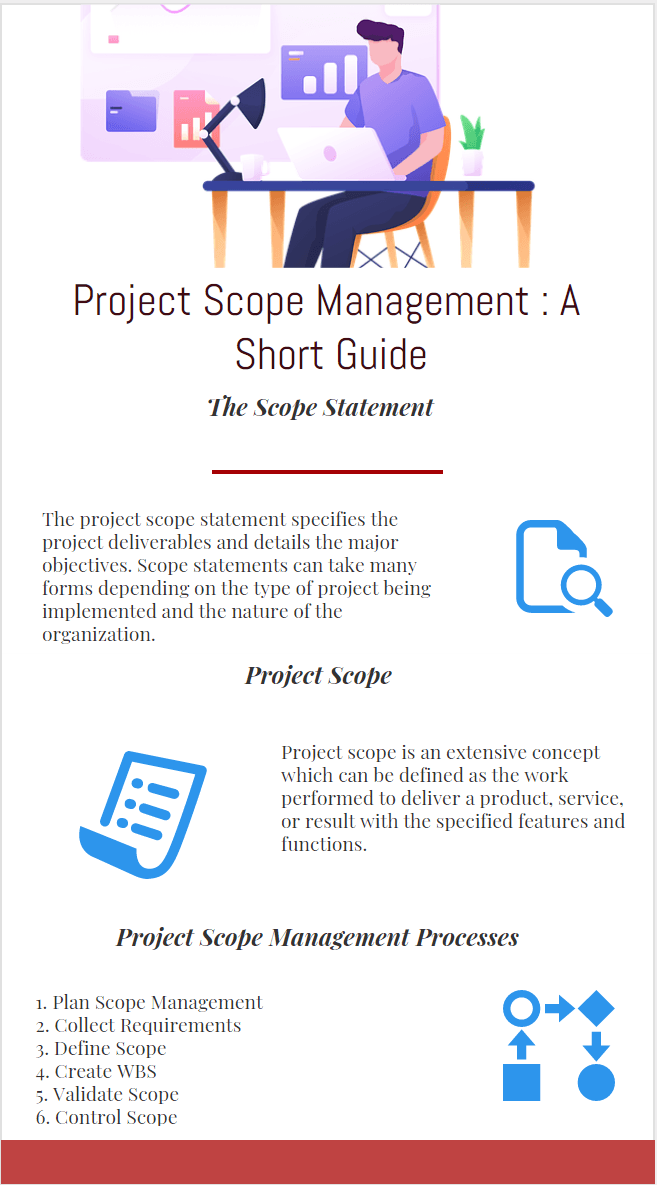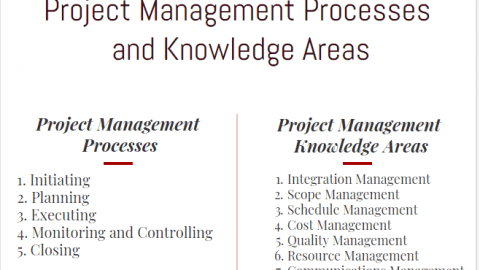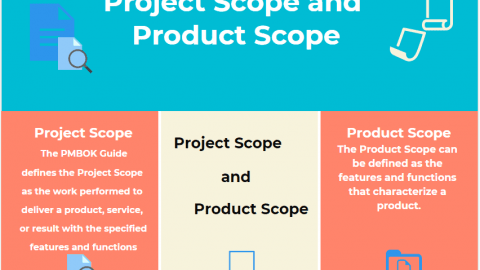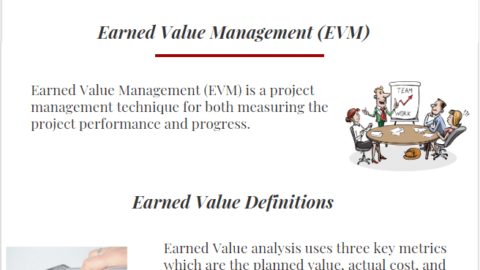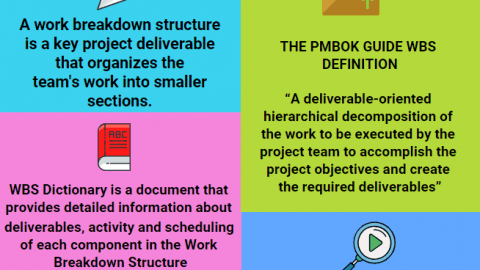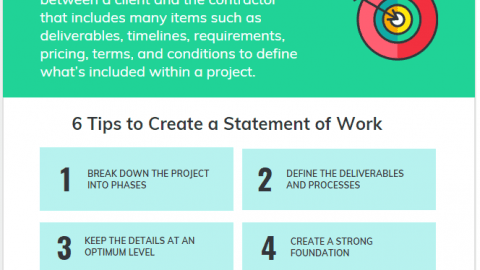Project Scope Management: A Short Guide
The objective of Project Scope Statement is to define and manage the project’s deliverables correctly. Scope management methods and techniques guide project managers to specify and perform the activities to complete the project. Determining the borders of the work is vital for calculating the number of resources required for the tasks. Scope Management techniques and processes guide project team members to allocate the right amount of work required to complete the project successfully. In this article, we will discuss the importance of Project Scope Management.
Table of Contents
The Scope Statement
The scope statement specifies the project deliverables and details the major objectives. Therefore, the scope statement provides a documented basis for making all project decisions. It is also used to direct the project execution and communicate the project scope with stakeholders. Since the project scope defines the boundaries of the project, the project team becomes aware of what is inside and what is out of the project objectives. Projects with unclear scope statements are often subject to scope creep issues.
Basically, a project scope statement includes but not limited to the following;
- Project objectives
- Project constraints
- Project assumptions
- Project success factors
Project Scope
Project scope is an extensive concept that can be defined as the work performed to deliver a product, service, or result with the specified features and functions. It includes all the tasks, processes, methods required to deliver the project deliverables successfully. The project scope involves comprehensive processes which can also include the product scope.
Project Scope Management Processes
Scope refers to the deliverables or features of a project which are derived from the project’s requirements.
Project Scope Management has six processes according to the PMBOK Guide
1. Plan Scope Management
2. Collect Requirements
3. Define Scope
4. Create WBS
5. Validate Scope
6. Control Scope
Now, let’s review each process.
Plan Scope Management
Plan scope management is the first process. A scope management plan is created in this step. A scope management plan typically defines the project’s scope and how it will be managed, validated, and controlled. This plan includes information for dealing with scope creep and the process for creating the scope statement.
Project charter, enterprise environmental factors, and organizational process assets are the inputs of the plan scope management process.
Collect Requirements
The project’s requirements are defined and listed at this step. It is obvious that different types of projects have different types of requirements. Therefore, team members use various techniques and tools for collecting project requirements. Stakeholder’s needs should be defined and documented accurately for the project’s success. If this process is conducted properly, it will reduce the possibility of unexpected issues as the project progresses.
Project charter and stakeholder register are the inputs of the collect requirements process.
Define Scope
The define scope process involves a detailed description of the project and its major deliverables. The scope should definitely indicate what the project is supposed to achieve and what is out of the scope.
All the collected requirements are compiled into a scope statement at this step. Project Charter, Organizational Process Assets and Scope Management Plan, and the Stakeholder Register are the inputs of this process.
Create WBS (Work Breakdown Structure)
Creating the Work Breakdown Structure in the right way is very important in project scope management. The project deliverables are divided into manageable sections at this step. The Work Breakdown Structure is a hierarchical decomposition of the total project work into manageable and logical sections. Therefore having a detailed and complete WBS is key to successful scope management. The scope statement, requirements documentation, and Organizational Process Assets are the inputs of this step.
Validate Scope
In the validate scope process, all the project deliverables and the work is reviewed by the client and /or sponsor to ensure that the scope of work satisfies their requirements. After the formal acceptance of deliverables by the client or sponsor, project deliverables are formalized at this step.
The project management plan, requirements documentation, requirements traceability matrix, validated deliverables are the inputs of this step.
Control Scope
Control scope is the last process that involves monitoring the status of the project and managing changes to the scope. Stakeholder’s expectations and requirements may change during the project’s life cycle. In this process, all the requested changes should be integrated into a new scope statement and work breakdown structure.
The project management plan, work performance information, requirements documentation, requirements traceability matrix, and Organizational Process Assets are the inputs of the control scope process.
Importance of Project Scope Management
Scope management techniques help to prevent the project from disputes that can be originated from unclear scope statements. Project scope should explicitly define what is included in the project and what is not included.
Scope management builds a control system to address factors that may result in changes during the project’s life cycle.
It is not easy to estimate the project cost and duration without having a clear scope. Therefore a clear scope statement is required to avoid losses.
Key Tips for Successful Project Scope Management
- Since the Work Breakdown Structure (WBS) is the breakdown of the scope statement into smaller items, make sure you create the WBS in the right way
- Define the scope as clear as you can in order to avoid misunderstandings.
- Note that the define scope process is a collaborative effort.
- During the project execution process, make sure the scope document is not altered in order to avoid unexpected changes.
Conclusion
As a project manager, it is your business to plan and manage the scope of your project. Effective scope management is vital for successful project management. Without defining project scope clearly, project duration, expenses, costs, and resource quantities can not be estimated accurately. This directly affects the health of the project and causes time and financial losses.
Note that project scope management is an important topic for the PMP Certification exam. Therefore, you need to know the importance of project scope management to pass the exam on the first attempt.
See Also
Project Scope and Product Scope
External References
Developing a complete project scope statement in 2 days

Keith Brandon is a senior director of Keboth Training and Education Co. In addition to leading Keboth’s global team, he developed Keboth’s online training system that offers advanced learning solutions for professionals.

